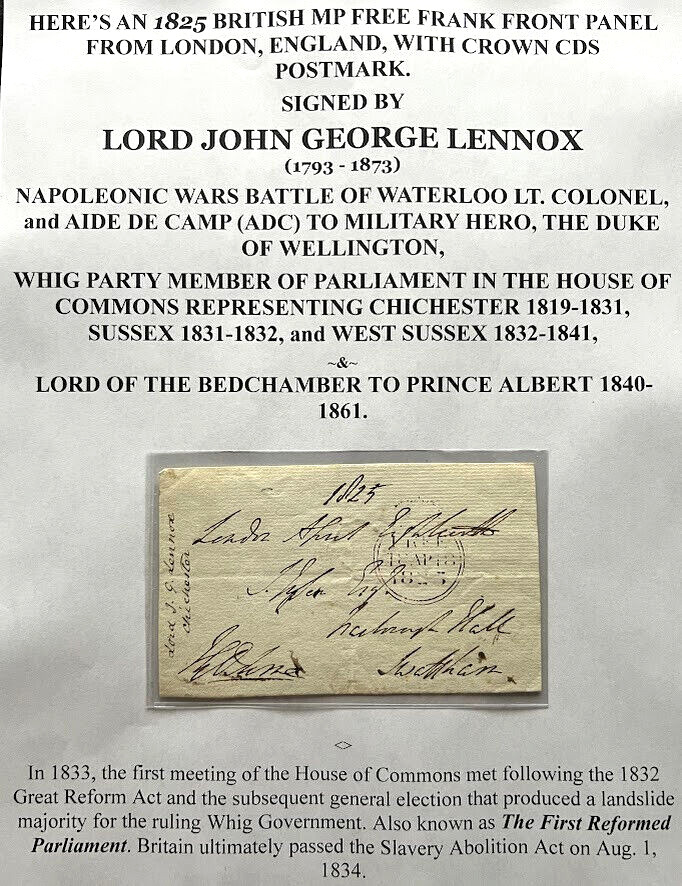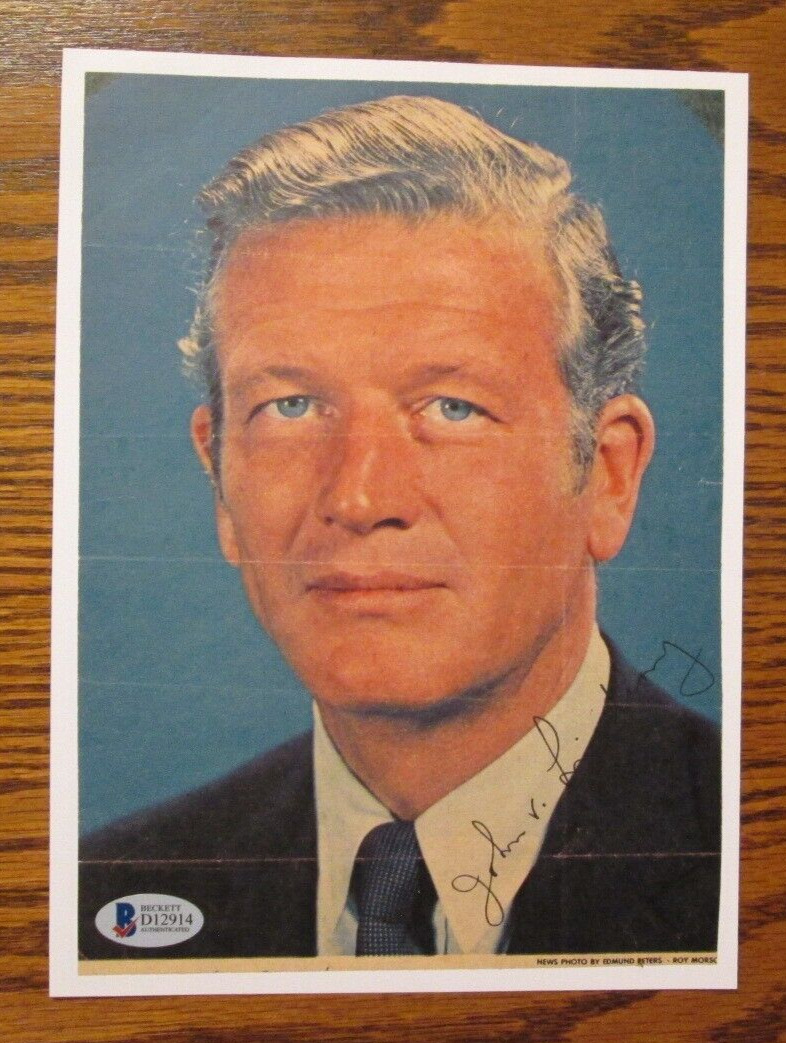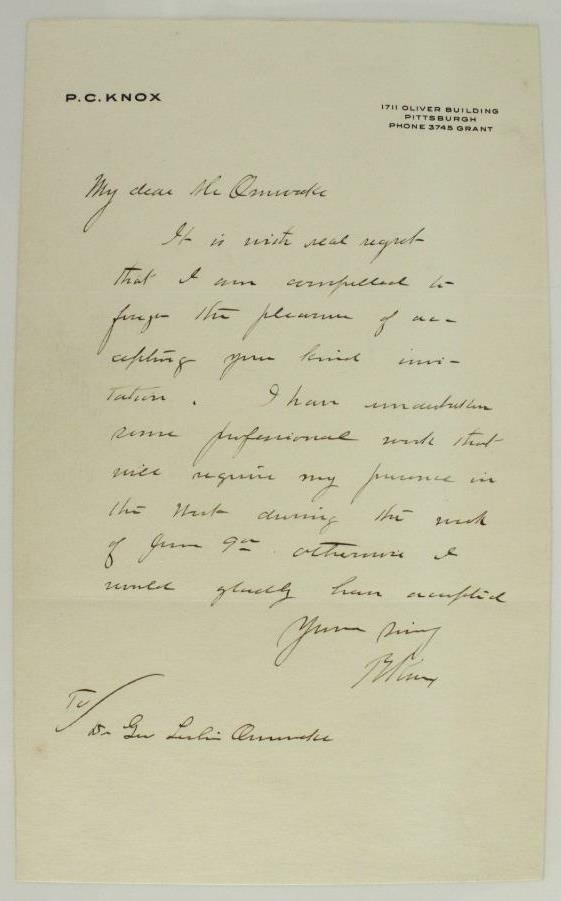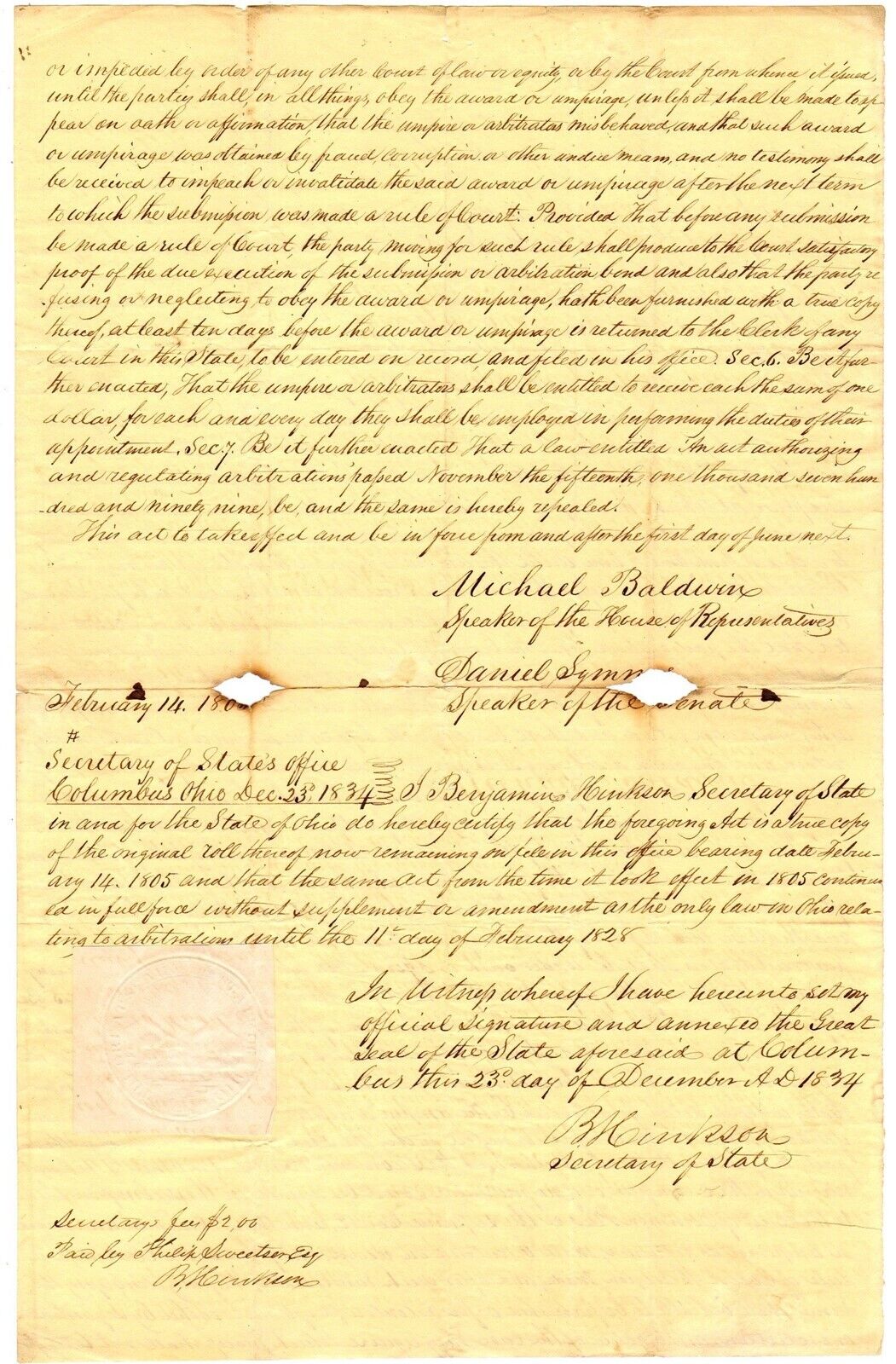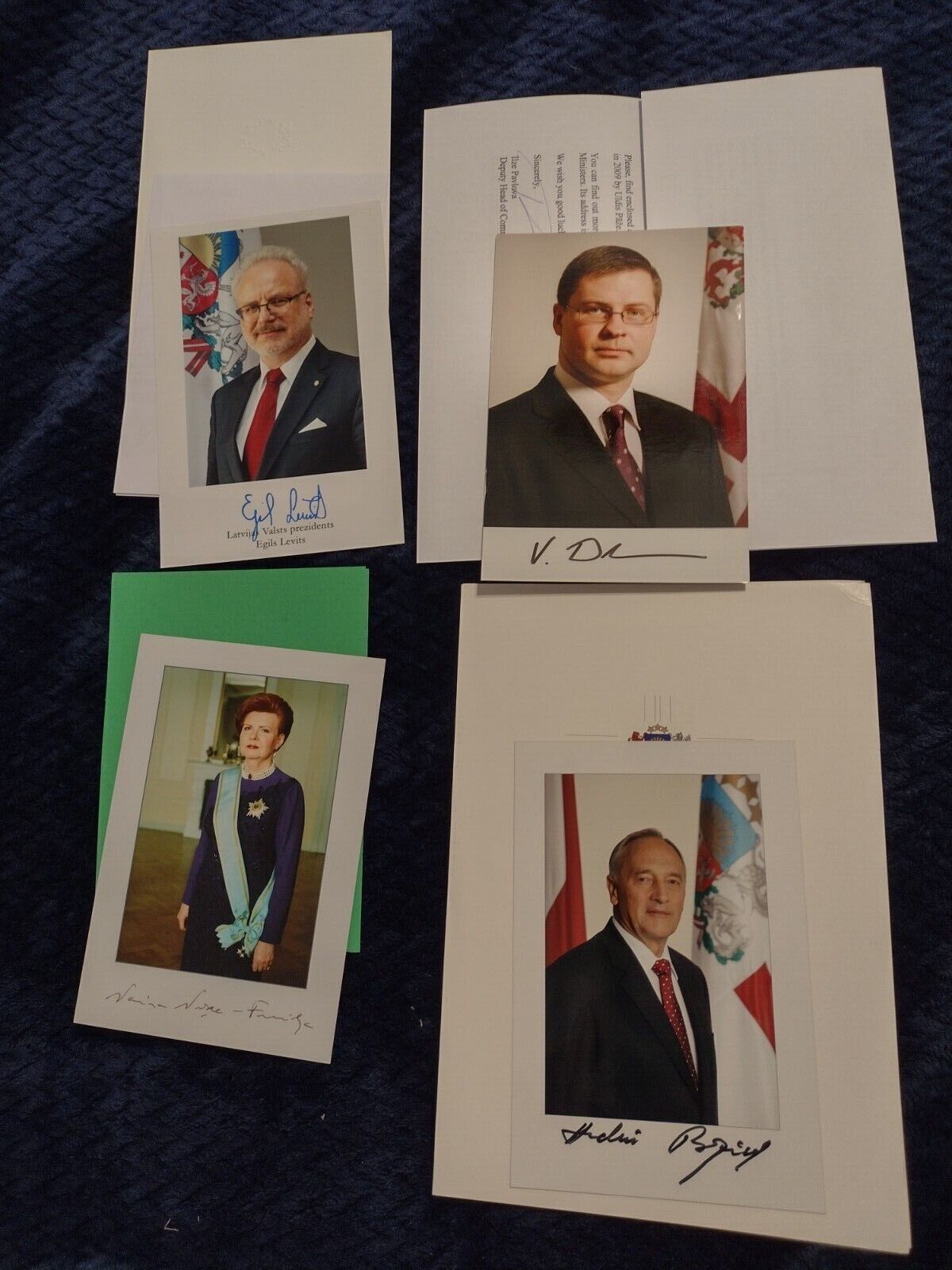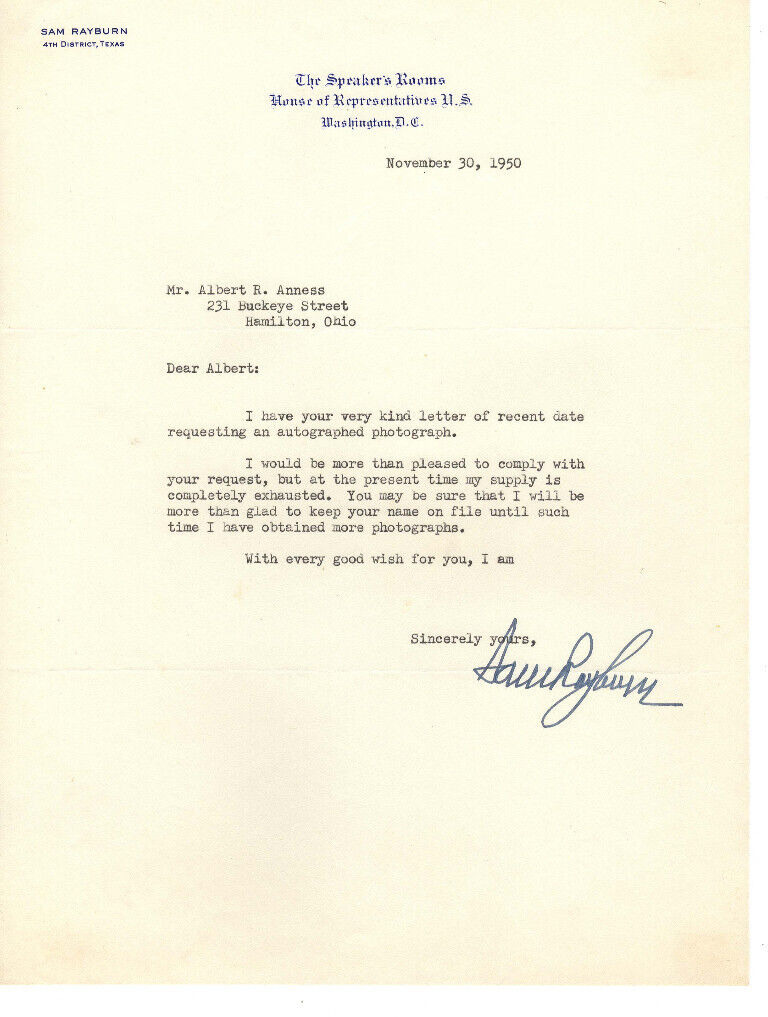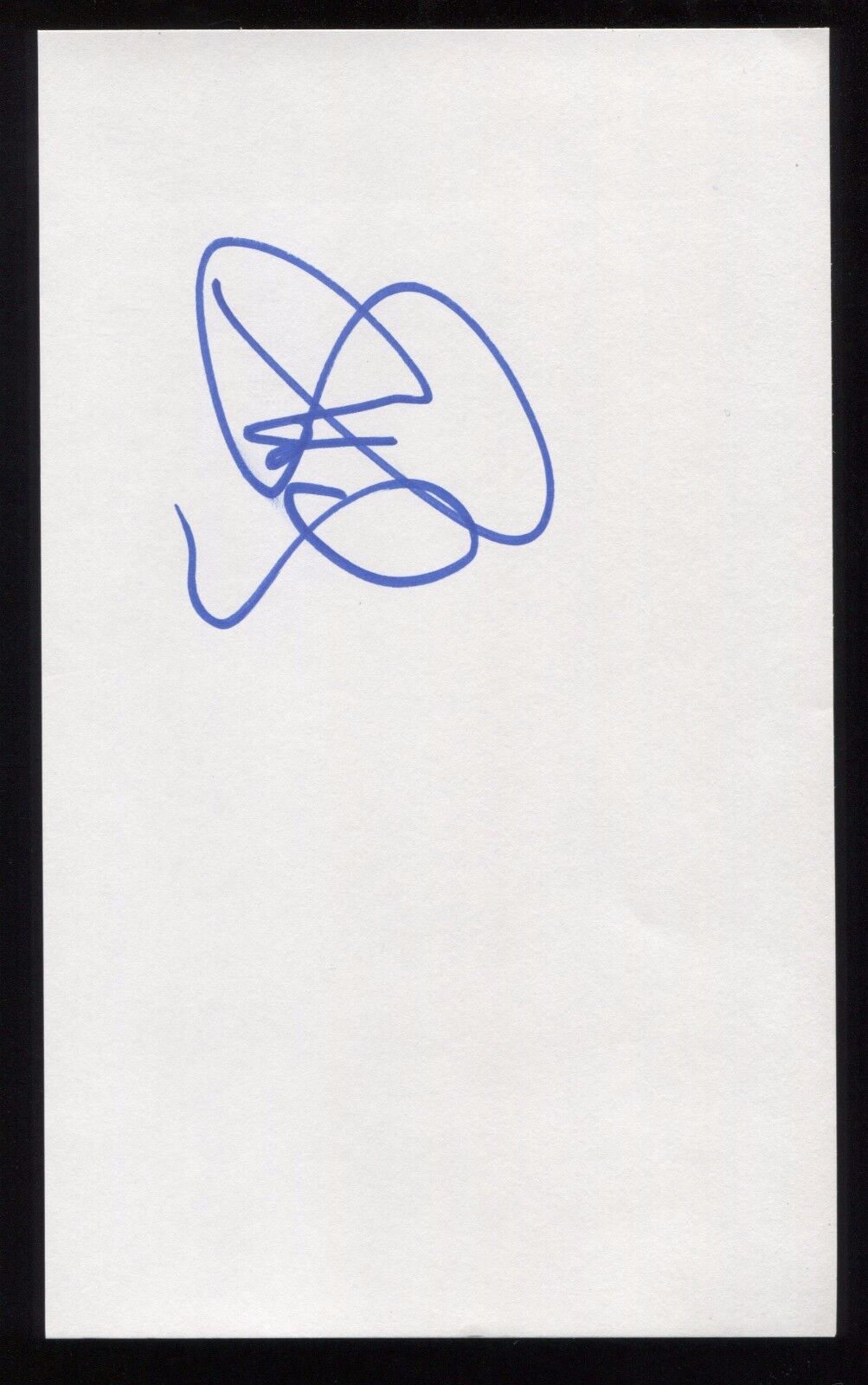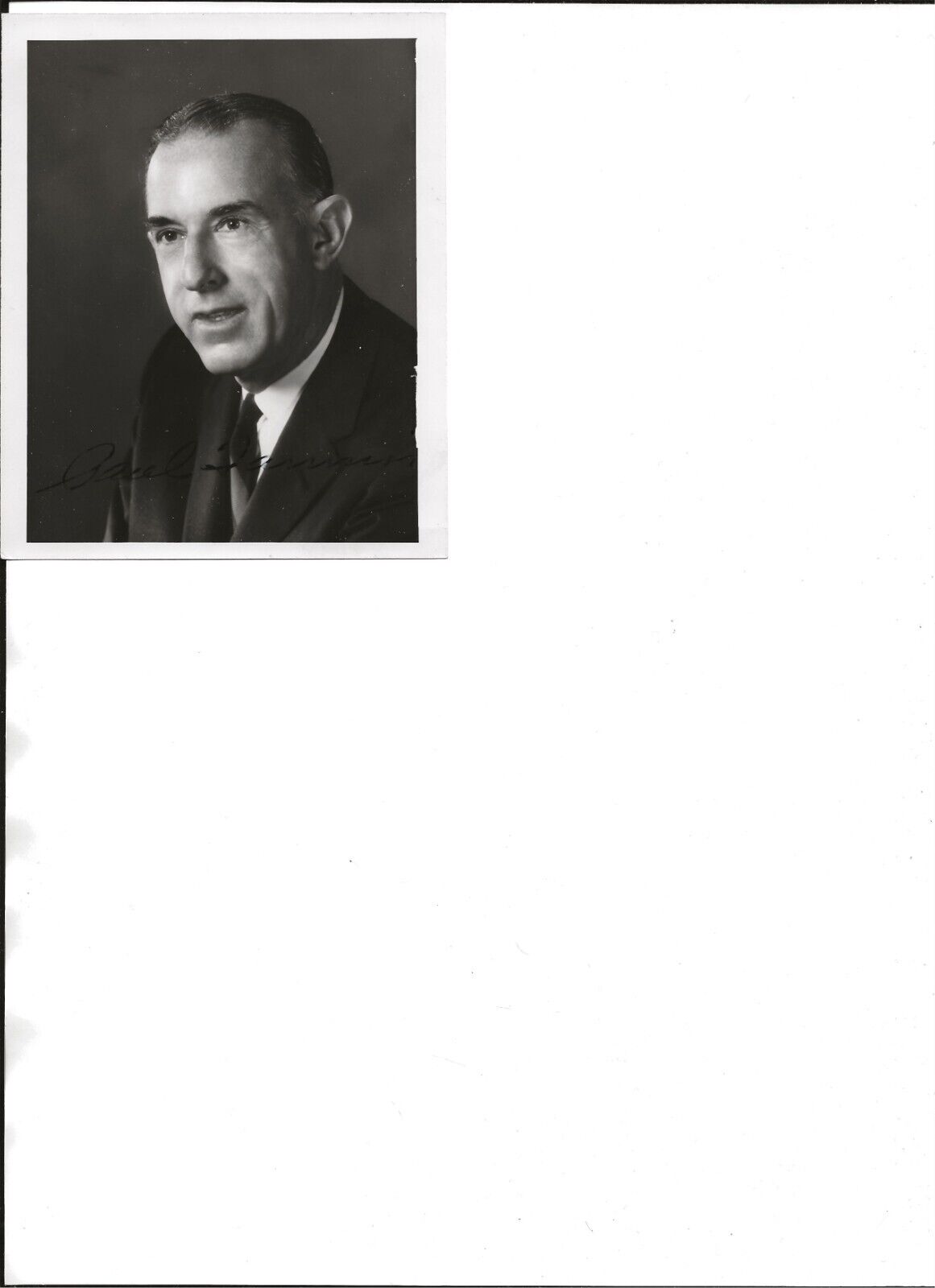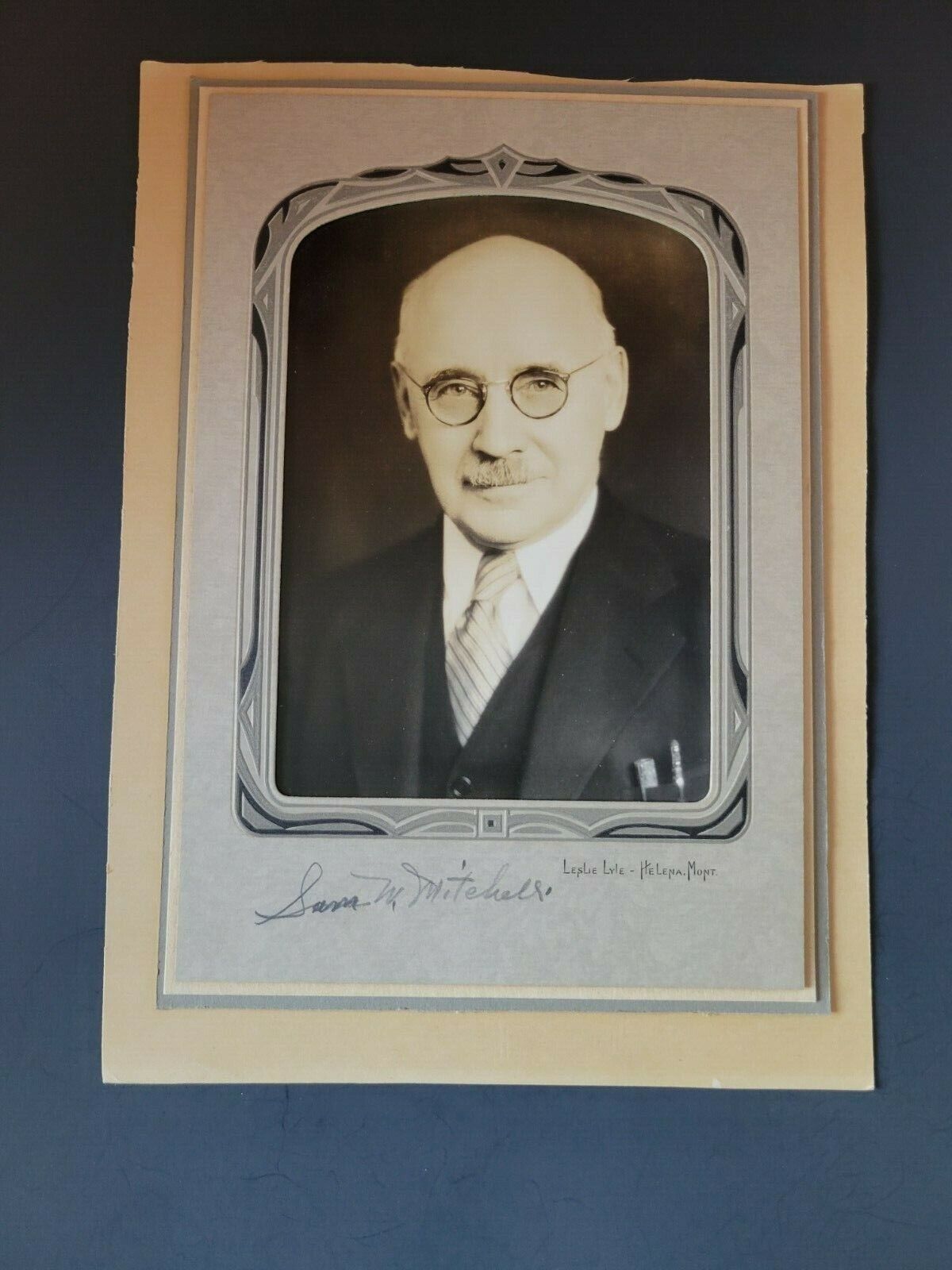-40%
NAPOLEONIC WARS COLONEL WHIG ABOLITIONIST LENNOX MP FREE FRANK COVER SIGNED 1806
$ 3.69
- Description
- Size Guide
Description
HERE’S AN1825
BRITISH MP FREE FRANK FRONT PANEL FROM LONDON, ENGLAND, WITH CROWN CDS POSTMARK.
SIGNED BY
LORD JOHN GEORGE LENNOX
Scene from the Battle of Waterloo, and UK Parliament Seal
(1793 - 1873)
NAPOLEONIC WARS BATTLE OF WATERLOO LT. COLONEL, and AIDE DE CAMP (ADC) TO MILITARY HERO, THE
DUKE OF WELLINGTON
,
WHIG PARTY MEMBER OF PARLIAMENT IN THE HOUSE OF COMMONS REPRESENTING CHICHESTER 1819-1831, SUSSEX 1831-1832, and WEST SUSSEX 1832-1841,
~&~
LORD OF THE BEDCHAMBER
TO
PRINCE ALBERT
1840-1861.
<>
In 1833, the first meeting of the
House of Commons
met following the 1832
Great Reform Act
and the
subsequent general election
that produced a landslide majority for the ruling
Whig Government
. Also known as
The First Reformed Parliament
. Britain ultimately passed the Slavery Abolition Act on Aug. 1, 1834.
<>
BIOGRAPHY OF LORD
LENNOX
Lieutenant-Colonel
Lord John George Lennox
(3 October 1793 – 10 November 1873), was a British soldier and
Whig
politician.
John George Lennox was born 3 October 1793, the second son of
Charles Lennox, 4th Duke of Richmond
, and the former
Lady Charlotte Gordon
. Lennox joined the Army in 1811 and was an ADC to the Duke of Wellington from 1813, at Waterloo and up to 1818. He was returned to Parliament for
Chichester
in 1819 (succeeding his father), a seat he held until 1831. He then represented
Sussex
between 1831 and 1832 and
Sussex West
between 1832 and 1841.
He was
Lord of the Bedchamber
to
Prince Albert
from 1840 until Albert's death in 1861.
Lennox married Louisa Fredericka, daughter of the Hon. John Rodney, in 1818. They had several children, including Major-General Augustus Lennox and General
Sir Wilbraham Lennox
. She died in January 1865. Lennox survived her by eight years and died in November 1873, aged 80.
References
Craig, F. W. S.
(1989) [1977]. British parliamentary election results 1832–1885 (2nd ed.). Chichester: Parliamentary Research Services. p. 472.
ISBN
0-900178-26-
4
.
"LENNOX, Lord John George (1793-1873), of 79 South Audley Street, Mdx"
. History of Parliament Online
. Retrieved
23 November
2017
.
Leigh Rayment's Historical List of MPs
External links
Hansard
1803–2005:
contributions in Parliament by Lord John Lennox
Parliament of the United Kingdom
Preceded by
Earl of March
William Huskisson
Member of Parliament
for
Chichester
1819–1831
With:
William Huskisson
1819–1823
William Stephen Poyntz
1823–1830
John Smith
1830–1831
Succeeded by
Lord Arthur Lennox
John Abel Smith
Preceded by
Walter Burrell
Herbert Barrett Curteis
Member of Parliament
for
Sussex
1831–1832
With:
Herbert Barrett Curteis
Constituency abolished
New constituency
Member of Parliament
for
Sussex West
1832–1841
With:
Earl of Surrey
Succeeded by
Earl of March
Charles Wyndham
Categories
:
Younger sons of dukes
Whig (British political party) MPs for English constituencies
Members of the Parliament of the United Kingdom for English constituencies
UK MPs 1818–1841
<>
The
Battle of Waterloo
was fought on Sunday 18 June 1815, near
Waterloo
(at that time in the
United Kingdom of the Netherlands
, now in
Belgium
), marking the end of the
Napoleonic Wars
. The French army under the command of
Napoleon
was defeated by two armies of the
Seventh Coalition
. One of these was a British-led force with units from the
United Kingdom
, the Netherlands,
Hanover
,
Brunswick
, and
Nassau
, under the command of the
Duke of Wellington
(often referred to as
the Anglo-allied army
or
Wellington's army
).
<>
THE FREE FRANKING PRIVILEDGE
A
free frank
was a mark applied by means of a hand-stamp to parliamentary mail in Britain to indicate that the mailed item did not require postage. The privilege of free franking was granted to four different classes: Members of Parliament; peers sitting in the House of Lords; office-holders, largely as stipulated by Acts of Parliament; and to archbishops and bishops sitting in the
House of Lords
.
Requirement for free franking were that the mailed cover (letter or packet) had to be signed by the official sender. As a result, free franks were avidly sought during the first three decades of the nineteenth century for autograph collections. This was accomplished by cutting out the front panels of the envelope which carried the inscriptions which were required under the use of this privilege. These panels are referred to by collectors as
free fronts
.
In 1840 as a result of various abuses and excesses that had plagued the British Post office for many years,
Rowland Hill
's reforms brought an end to the free franking privilege in 1840 when he introduced the postage stamp to Britain.
I am a proud member of the Universal Autograph Collectors Club (UACC), The Ephemera Society of America, the Manuscript Society and the American Political Items Collectors (APIC) (member name: John Lissandrello). I subscribe to each organizations' code of ethics and authenticity is guaranteed. ~Providing quality service and historical memorabilia online for over 25 years.~
WE ONLY SELL GENUINE ITEMS, i.e., NO REPRODUCTIONS, FAKES OR COPIES
